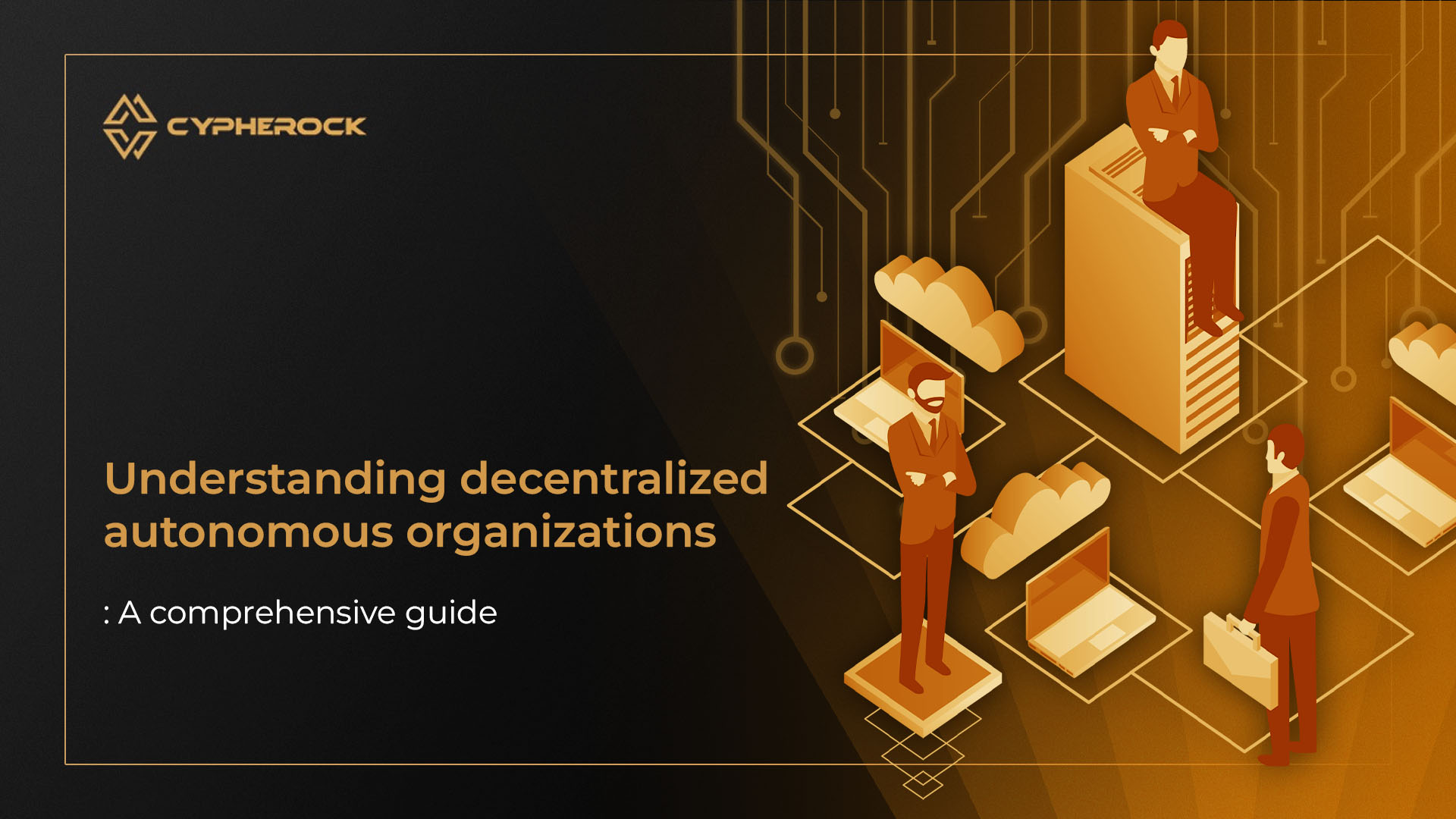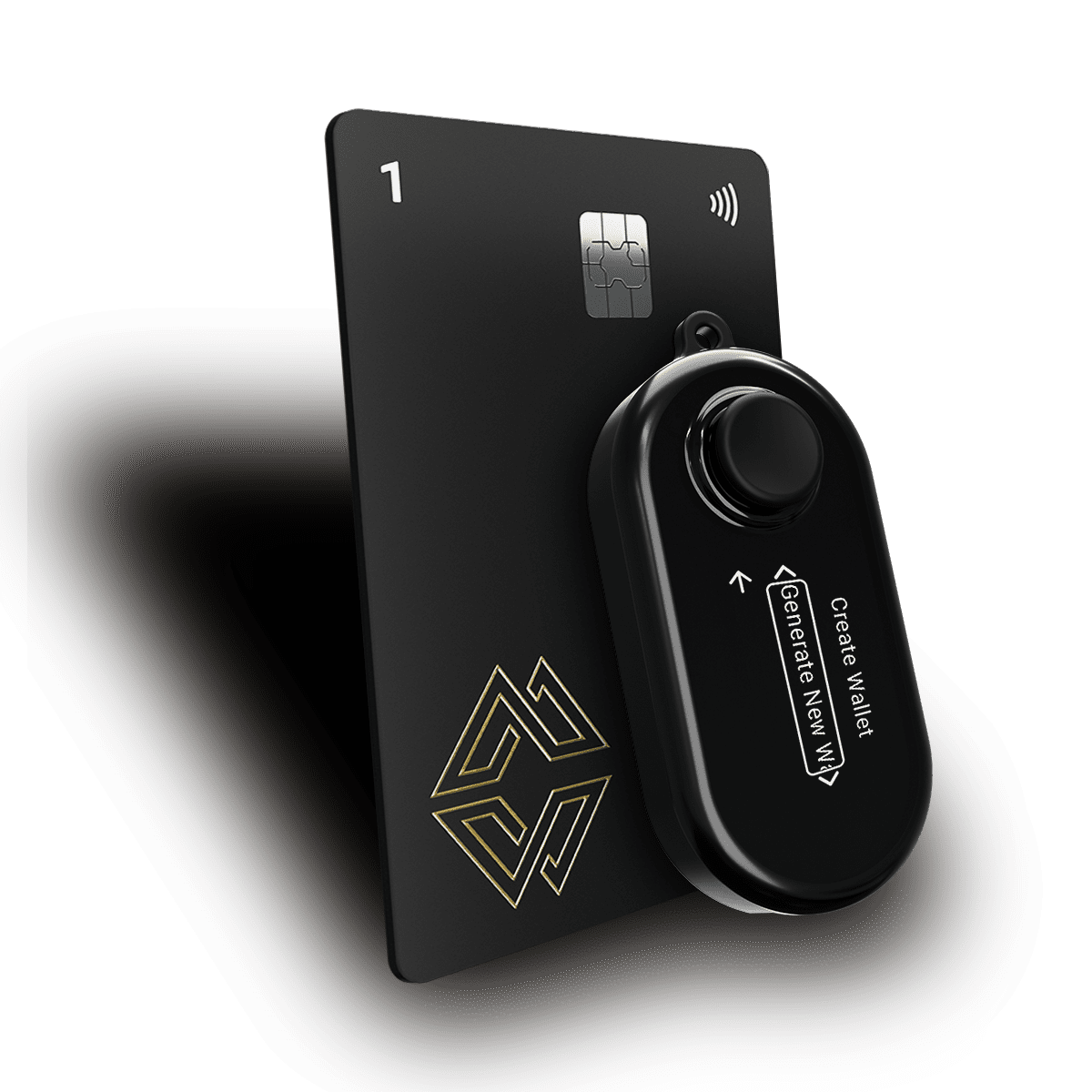

Have you ever thought of how organizations can run without a central entity(boss or leader)?
This is where Decentralized Autonomous Organizations (DAOs) come in. DAOs are a new type of organization that uses blockchain technology to make decisions, manage funds, and operate without a traditional management structure. Instead of relying on a CEO or board of directors, DAOs let members participate in decision-making through smart contracts and voting. Understanding DAOs is important because they could change how businesses, projects, and even communities are run in the future.
In this article, we’ll explain what DAOs are, how they work, and why they are becoming more popular in the world of cryptocurrency and blockchain. You’ll learn about real-life examples of DAOs, the benefits they offer, and some challenges you should consider. We’ll also look at the future trends of DAOs and how they might shape the world of finance, business, and beyond. Let’s dive in!
A Decentralized Autonomous Organization (DAO) is an organization that operates without a central leader or management team. Instead of having a boss or board of directors, decisions are made by the members of the organization through a system of voting.
These organizations are powered by blockchain technology and smart contracts, which automatically execute actions based on predefined rules. This means everything from managing funds to making important decisions is done in a transparent, secure, and automated way.
In simple terms, a DAO works like a digital community where everyone has a say, and rules are enforced by technology rather than people. It’s decentralized because there is no one central authority making decisions. The idea is to give people more control and make processes more open and fair.
One well-known example of a DAO is MakerDAO. MakerDAO is a decentralized finance (DeFi) platform built on the Ethereum blockchain. It allows users to borrow and lend digital assets without relying on traditional banks. MakerDAO’s members vote on important decisions, such as how the system should be managed and how its funds should be used.
Another example is Aave, a decentralized lending platform where people can lend and borrow cryptocurrencies. Aave is also governed by its community, with decisions being made through DAO voting. In both cases, the members of the DAO have control, and the organization runs through smart contracts that automatically execute decisions.
DAOs work through a combination of blockchain technology and smart contracts. Here’s how they function step by step:
In this way, DAOs operate without a central authority. All decisions are made collectively by the community, and smart contracts ensure that these decisions are carried out fairly and transparently.
DAOs offer several important benefits that can make them an appealing choice for both individuals and organizations. Here’s why DAOs are gaining popularity
Decentralization
Since DAOs have no central leader, decisions are made collectively by the members. This reduces the risk of corruption, bias, or manipulation by a single authority. Everyone has a voice, and power is distributed evenly.
Transparency
All actions and transactions in a DAO are recorded on the blockchain. This makes everything transparent and open to the public. You can easily see how funds are spent and how decisions are made, which builds trust among members.
Security
DAOs use smart contracts, which are automatically executed when certain conditions are met. These contracts run on secure blockchains, which makes it harder for them to be tampered with. The code is also publicly available, allowing anyone to check for vulnerabilities.
Global Access
Since DAOs are digital and run on blockchain technology, they allow people from all around the world to participate. There are no borders or restrictions, and anyone with internet access can join and contribute to the organization.
Lower Costs
Traditional organizations often require a lot of middlemen (like managers, accountants, and lawyers). DAOs automate many processes through smart contracts, reducing the need for intermediaries and cutting costs.
Flexibility
DAOs can operate in a wide range of industries, from finance (like DeFi projects) to charity, governance, and more. The flexibility to tailor rules and decision-making processes makes DAOs suitable for many different purposes.
Overall, DAOs offer a more democratic, secure, and transparent way to run organizations, with the added benefit of lower operational costs. They can also empower people from all over the world to participate in decision-making and governance.
While DAOs offer many benefits, they also have some limitations that should be considered. Here are a few key challenges
DAOs have the potential to revolutionize many industries by offering decentralized, transparent, and efficient ways to operate. Here are some of the key areas where DAOs are already making an impact or could be used in the future:
Decentralized Finance (DeFi)
DAOs are widely used in DeFi platforms, where they help manage lending, borrowing, and trading without traditional banks or intermediaries. For example, MakerDAO and Aave allow users to make financial decisions like interest rates, collateral requirements, and governance through a decentralized, token-based voting system.
Governance and Voting
DAOs can be used for decentralized governance, allowing communities to make decisions about policies, changes, and investments. In this setup, token holders can vote on proposals, making the process more democratic and transparent. This has been used in projects like Aragon and DAOstack, where users vote on how to manage decentralized organizations or communities.
Charity and Social Causes
DAOs can be used to create transparent and decentralized charity organizations. Instead of relying on a centralized charity board, DAOs allow donors and community members to decide how funds are distributed. An example is The ConstitutionDAO, where a community came together to try and buy a rare copy of the U.S. Constitution using pooled funds, governed by a DAO.
NFT Projects and Communities
In the world of NFTs (non-fungible tokens), DAOs are increasingly being used to manage NFT collections and communities. Token holders can vote on how an NFT collection is curated, which artists to support, or how profits should be shared among members. Some NFT projects use DAOs to ensure a more community-driven and decentralized approach to ownership.
Decentralized Autonomous Companies (DACs)
In the future, DAOs could replace traditional corporations entirely. A Decentralized Autonomous Company (DAC) would be a business that operates without a CEO or management team. Instead, every decision, from hiring employees to managing profits, would be made by the community through a decentralized governance process. This could make business operations more transparent, efficient, and accessible.
Supply Chain Management
DAOs can be applied to supply chain management by making processes more transparent and decentralized. By using blockchain to track the movement of goods and allowing stakeholders to vote on supply chain decisions, DAOs can help reduce fraud, increase trust, and ensure the efficient flow of goods.
Intellectual Property and Licensing
DAOs can manage intellectual property (IP) rights and licensing agreements, making it easier for creators to get paid fairly. With a DAO, creators can set up licensing terms, and token holders can vote on how revenue is distributed among contributors, ensuring fair and transparent royalty management.
Insurance
DAOs have the potential to disrupt traditional insurance models by creating decentralized insurance pools. Users can contribute to a fund and vote on claims, reducing the need for central insurance companies. This could make insurance more accessible and reduce overhead costs.
The applications of DAOs are still expanding, with new use cases being explored every day. As blockchain technology continues to evolve, DAOs could play an important role in reshaping industries and creating more decentralized, democratic systems for everyone.
As DAOs continue to evolve, several trends are emerging that could shape their future and impact industries worldwide. Here are some key trends to keep an eye on:
The future of DAOs is full of potential. As technology improves, DAOs could transform how organizations, businesses, and even governments operate, creating more transparent, decentralized, and democratic systems. Keeping an eye on these trends will help you understand where DAOs are headed and how they might impact your investments or involvement in the decentralized world.
Decentralized Autonomous Organizations (DAOs) are changing how organizations and communities work. They use blockchain technology and smart contracts to offer transparency, security, and global access. While DAOs have challenges like scalability and legal uncertainties, their applications are expanding. They are making an impact in industries like finance, governance, and social causes.
As DAOs grow, securing assets becomes essential. Whether you are managing a DAO treasury or personal crypto, strong security is a must. Cypherock X1 provides unmatched protection with its decentralized seed phrase backup and multi-component design. It keeps your assets safe, so you can participate in DAOs confidently.
By choosing Cypherock X1, you are protecting your investments with cutting-edge technology. Join the DAO revolution with the security you can trust.
The legal status of DAOs varies by country and remains unclear in many jurisdictions. While some countries may recognize them, others have yet to establish clear regulations. As DAOs grow, governments are working on creating laws to address issues like taxes, governance, and liability.
Criticisms of DAOs include their potential for centralization if a small group controls a majority of tokens, security risks due to bugs in smart contracts, and slow decision-making processes as member voting can be cumbersome in larger DAOs. Additionally, the lack of legal clarity creates uncertainty.
The DAO was disbanded in 2016 after a major hack exploited a vulnerability in its smart contract, resulting in the loss of around $50 million in Ether. The Ethereum community chose to conduct a hard fork to reverse the hack, leading to the disbanding of the original DAO.
One of the most successful DAOs is MakerDAO, which governs the Maker Protocol, a decentralized lending platform that allows users to borrow and lend cryptocurrencies. Its stability, innovation in DeFi, and strong community governance have contributed to its success.
Yes, you can make a living with DAOs, especially if you're involved in governance or contribute to projects. Some DAOs reward active participants with tokens for their work, and successful members can earn through governance roles, development, or by holding valuable tokens.
DAOs typically make money through fees on transactions or services offered within their ecosystem, such as lending, staking, or trading. Some DAOs generate revenue by holding and managing funds, while others focus on investments or providing governance for decentralized projects.
